Thesis and Research Topics in Digital Communication
Digital Communication simply means devices communicating with each other in through digital signals. The signals are digitized and then the information is transferred through these digitized signals from source to destination.
But why Digital Communication or Digitization is needed?
Traditionally, analog signals were used for long distance communication. This mode of communication faces many problems and risks in the form of signal loss, distortion, interference, security breaches etc. To tackle these problems, digital mode of communication is developed which has the minimized the earlier problems to a certain level.
There are many topics in digital communication for project, thesis, and research. In this blog, we have listed some of the latest topics in digital communication.
Following is the list of latest research and thesis topics in Digital Communication:
-
GSM Communication
-
Modulation
-
IoT(Internet of Things)
-
Analog-to-Digital Conversion
-
Cognitive Radio
-
Audio Processing
-
Optical Communication
GSM Communication
GSM or Global System for Mobile Communication is an important standard for digital networks of 2nd generation mobile devices and is developed by the European Telecommunications Standard Institute(ETSI). It is one of the most widely used digital wireless technology. The other ones are TDMA(Time Division Multiple Access) and CDMS(Code Division Multiple Access).
The GSM network consists of the following sections:
-
Base Station Subsystem
-
Network and Switching Subsystem
-
GPRS core network
-
Operations Support System
The base station contains the mobile devices along with the SIM that is inserted into the device. There are two components of base station – the transceiver and the controller. The transceiver manages the protocols of the radio-link. The controller is the connection between the station and the switching centre. GSM uses TDMA(Time Division Multiple Access) and FDMA(Frequency Division Multiple Access) for dividing the bandwidth. It is a very good topic for M.Tech thesis in Digital Communication.
SIM
Subscriber Identity Module(SIM) is the most important feature of GSM. As everyone knows, a SIM is a card inserted into a cell phone containing information about the subscriber and the contacts added to that card.
Features of GSM
Following are the important features of GSM:
-
Spectrum efficiency is improved
-
International roaming
-
Fixed Dialing Number(FDN)
-
SMS(Short Messaging Service)
-
Real-Time Clock
-
New services are supported
GSM with other technologies
GSM can be used with other technologies for more enhanced wireless communication. HSCSD(High Speed Circuit Switched Data), GPRS(General Packet Radio System), EDGE(Enhanced Data GSM Environment), UMTS(Universal Mobile Telecommunication Systems) are the examples of this.
Advantages of GSM
-
The coverage area is more
-
Variety of phones can operate on GSM
-
High speed download and upload
Disadvantages of GSM
-
Same bandwidth is used by multiple users
-
Electronic interference can occur due to same bandwidth
-
Limited data-rate
Modulation
In digital communication, modulation is the process of changing the properties of a signal by adding additional information to that signal. The original signal is the carrier signal having steady wavelength of constant amplitude and frequency. Demodulation is the process of extracting information from the original signal.
The process of modulation is performed by a modulator while demodulation is performed by a demodulator. A modem is a combination of both i.e. it can perform both modulation and demodulation.
Analog Modulation is for analog signals while digital modulation is for digital signals.
Another form modulation is the pulse modulation. In pulse modulation, a sequence of pulses carry the information rather than a modulated signal. Students doing masters can opt this topic for their thesis and research work.
Common methods of modulation
The most common methods of modulation are:
-
Amplitude Modulation
-
Frequency Modulation
-
Phase Modulation
-
Polarization Modulation
-
Pulse-code Modulation
Internet of Things(IoT)
Internet of Things is a new technology in digital communication for connecting devices to the Internet. It is also known as embedded system in which devices are connected with each other which respond to the changes happening in the surrounding environment. The ‘thing’ in the ‘internet of things’ can be any physical thing from person to devices. The devices in the network has been a unique IP address to collect and transfer data over the network.
Internet of Things allows the embedded devices to connect to the Internet which can be controlled from anywhere. Internet of Things(IoT) is currently the trending thesis topic in digital communication and also in computer science.
The applications of Internet of Things has been broadened from smart homes to smart cities.
Smart Homes
Smart Home is an important application of the Internet of Things(IoT). In this application, any electricity-enabled device can be connected to the network and made to work on your command. Important radio networks used in home automation are ZigBee and Z-waves. These are mesh networks in which message can be received in more than one way. ZigBee is a low-cost and low-power technology used in wireless communication. Z-Wave is a protocol for home automation used for communication between devices using radio frequency for signalling and controlling. There is a Network ID assigned to each Z-Wave Network and each device in the network has a Node ID. To determine the shortest route for message transmission Source Routing Algorithm is used by Z-Wave.
Whenever a device is connected to the network, the Id that is assigned to the device is recognized by the network controller to determine its location and add to the network. Whenever a command is sent by the device, the algorithm depicts how the message should be sent. High-Priority devices are given preference over low-priority devices. The important products that make up the smart home include cameras, thermostat, LED Lights, Motion Sensors, and various other such devices. A Camera is used to track the interior of the house.
IoT in Medical and Health-care
IoT also finds a number of applications in medical and healthcare systems. One of the major application is remote patient monitoring. A patient’s blood pressure, heart beat at a distant location can be tracked through sensors attached to his body. This will help the doctors to estimate his health conditions and also give proper subscriptions. Emergency Notification System is another application of IoT in health-care. It is a method of one-way communication in which people in a group are notified whenever any emergency situation arises.
IoT Security
IoT Security is an area concerned with protecting the IoT devices and network. In IoT network, a number of devices and entities are connected with each other. They always face the risk of security and privacy. The devices passwords are often kept default which is easier for attackers to hack. To look into this matter, Internet of Things Security Foundation(IoTSF) was launched. It promotes best practices and standards for IoT Security.
Analog-Digital Conversion
Analog-to-digital conversion is an important process in which analog signal is converted to digital signal while the content of the signal is not altered. For this purpose, an analog-to-digital converter(ADC) is used. The analog signals are difficult to process and that is why they are converted to digital. The digital signals can be processed, manipulated, transmitted and stored.
The ADC Converter takes analog signal as the input generating digital signal as the output. There are two processes done by the ADC – Sampling and Quantization. The input signal i.e. the analog signal has an infinite resolution. Sampling process determines the maximum bandwidth of the analogue signal that is sampled. 2N digital values are produced by the ADC where N is the number of binary output bits.
Applications of Analog-to-Digital Conversion
Following are the main application areas of ADC:
-
Music Recording
-
Digital Signal Processing
-
Scientific Equipments
-
Rotary Encoder
Types of Analog-to-Digital Converter
Although there are various types of ADC, following are the main ones:
-
Flash ADC
-
Pipelined ADC
-
Successive Approximation-Register
-
Sigma-Delta
In flash ADC, a resistor divides the voltage into 2^n parts which are equal. For each part there is a comparator that compares the input with the supplied voltage. In pipelined ADC, the input is converted in a number of steps which are proportional to the number of data bits. The successive approximation ADC, one bit is evaluated at a time starting from most significant bit to the least significant bit. Sigma-Delta converter is also known as oversampling converter as the signal is sampled at much higher frequency.
Cognitive Radio
Cognitive Radio is an important type in digital communication. In this type of communication, a transceiver is used which can detect that which channel is free and which is occupied. The vacant channels are then occupied for communication. Radio-frequency spectrum is used for sensing the channel. The interference is also minimized while using radio-frequency for sensing. The parameters that the cognitive radio check include channel frequency, free channels, type of data, and modulation. Cognitive Radio is a relatively new technology and an unexplored area for research and thesis.
A lot of development is going on to improve and enhance the features of cognitive radio. For this, a high level of processing is required. There are types of Cognitive Radios: Heterogeneous CR and Spectrum sharing CR.
In heterogeneous system, network centric approach is followed in which several radio access networks (RAN) are operated using same or different radio access technologies(RAT).
Advantages of Cognitive Radio
Cognitive Radio provides a number of advantages as compared to the traditional networks. Following are some of the advantages:
-
Better Spectrum Sensing – With cognitive radio network, the spectrum sensing capacity of the channel is improved to a significant level.
-
Better Coverage – The performance will also be better with improved coverage of the network. The data can be sent from one node to another.
-
Radio jamming can be avoided – By sensing channel availability, the unnecessary jamming of radio frequencies can be avoided.
-
Better Quality of Service – Through spectrum sensing, high bandwidth channels can be selected thereby improving the Quality of Service(QoS).
Challenges of Cognitive Radio
Following are some of the challenges of Cognitive Radio:
-
Decision-making – The first and the foremost challenge of cognitive radio network is how the decision for channel availability should be made. Also there are challenges in selection of appropriate decision making algorithms.
-
Learning Process – There is challenge in selection of learning process that whether it should be supervised or unsupervised. Any wrong choice can disintegrate the whole system.
-
Cross Layer – The design of the whole network is complex such that there should be coordination between the different layers of the network. Challenges also exists in the form of interoperability, coexistence, cooperation and collaboration.
-
Security – Security of the system is always the main challenge. For security of the system, certain rules and standards should be imposed on the network. The number of potential interactions are also high due to dynamic nature of the network which can lead to violations.
-
Sensing – There are also challenges regarding spectrum sensing. The accuracy of spectrum occupancy decision also matters a lot.
-
Geo-location – The main challenge in this area is how to implement data. The location should be precise in order to properly implement the data.
Audio Processing
Audio Processing means altering the characteristics of audio in one way or the other. Audio Processing can be done to enhance audio quality, detect faults and to generate new sounds. Following are the types of audio processing done:
-
Compression – Reducing the range of the audio signals
-
Expansion – Expanding the range of the audio signals
-
Equalization – In this, the level of the signals are increased or decreased according to the requirements.
-
Limiting – In this, the level of the signal is constrained to specific limit
-
Phasing – Interesting sound effects are created through phasing
-
Chorus – Multiple effect is given to a sound from a single source
Application areas of Audio Processing
The main application areas of audio processing include storage, compression, transmission, filtering, echo, noise cancellation etc. The other main applications of Audio Processing include:
Speech Generation
Speech Recognition
Optical Communication
Optical Communication is a type of communication in which light signal is used for transmission of data from sender to receiver instead of electric signal. For optical communication, optical fibers are used for transmitting data. The main components of an optical system are:
-
Transmitter
-
Receiver
-
Light Source
-
Modulator/Demodulator
-
Transmission Channel
-
Optical Fibers
The message to be sent is encoded by the transmitter into an optical form of signal. Thia optical signal is transmitted to the destination using transmission channel. After reaching the destination, the signal is decoded back into its original form by a receiver.
Optical Communication has a number of advantages thats why it is replacing the electrical mode of transmission. LEDs or Laser is used as the transmitting source which emit light of high wavelength and this light travels through the optical fiber following the concept of total internal reflection. Optical Communication can be a good topic for M.Tech thesis in Digital Communication and Electronics and Communication Engineering.
Types of Optical Fibers in Optical Communication
Following are the two types of optical fibers mainly used in optical communication:
-
Single-mode Optical Fibers – In these type of fibers, one signal is transmitted per fiber and mainly used in telephone and television sets.
-
Multi-mode Optical Fibers – In these type of fibers, multiple signals are transmitted in a single fiber and used in computer and local area networks.
Photo detectors in Optical Communication
Light signal is the mode of transmission in optical communication. To convert this light signal into electrical signal a device is used known as Photo detector. PN photo diode and avalanche photo diode are the two types of photo detectors used in optical communication.
Benefits of Optical Communication
Optical Communication is replacing the traditional mode of communication due to its following benefits:
-
High Bandwidth
-
Low transmission loss
-
Wide transmission range
-
No chance of electromagnetic interference
Disadvantages of Optical Communication
In spite of certain benefits, there are some disadvantages of optical communication which are as follows:
-
Optical fibers are difficult to join and there also occurs loss of light due to scattering.
-
Optical fibers are very expensive for large scale installation.
-
Optical fibers are highly susceptible to damage.
-
Optical fibers cannot be bend or curved.
These were some of the current topics in the field of digital communication for thesis, research and M.Tech projects. Techsparks provide thesis help in Digital Communication.
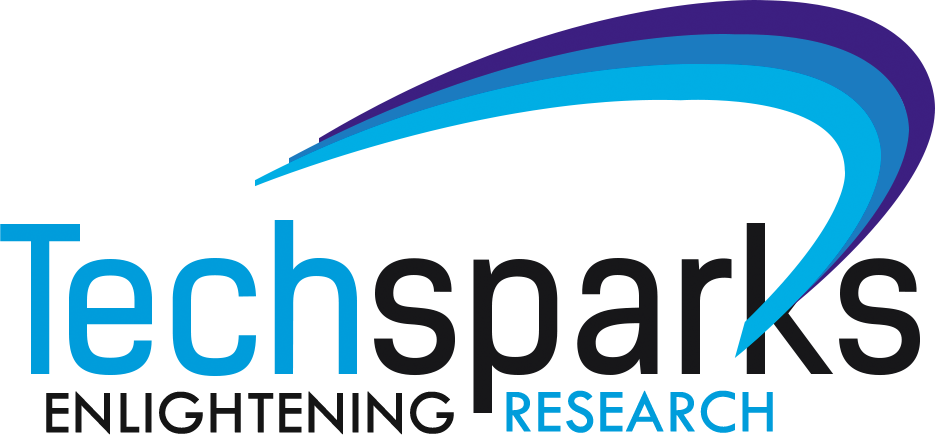


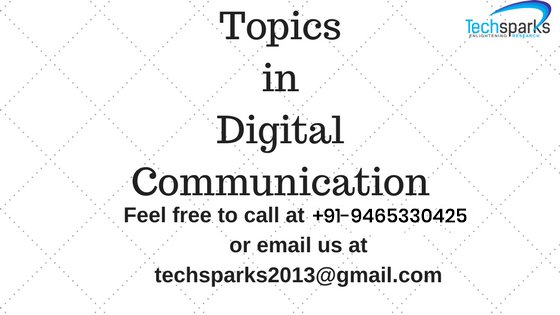
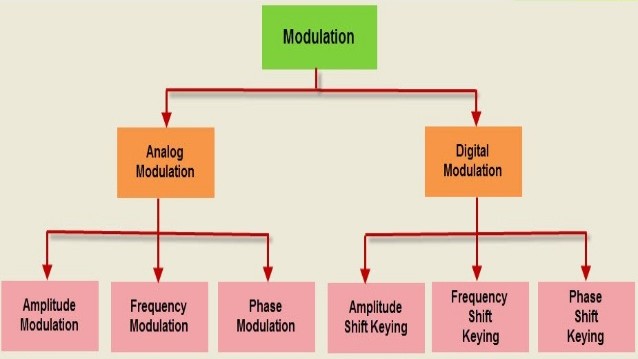
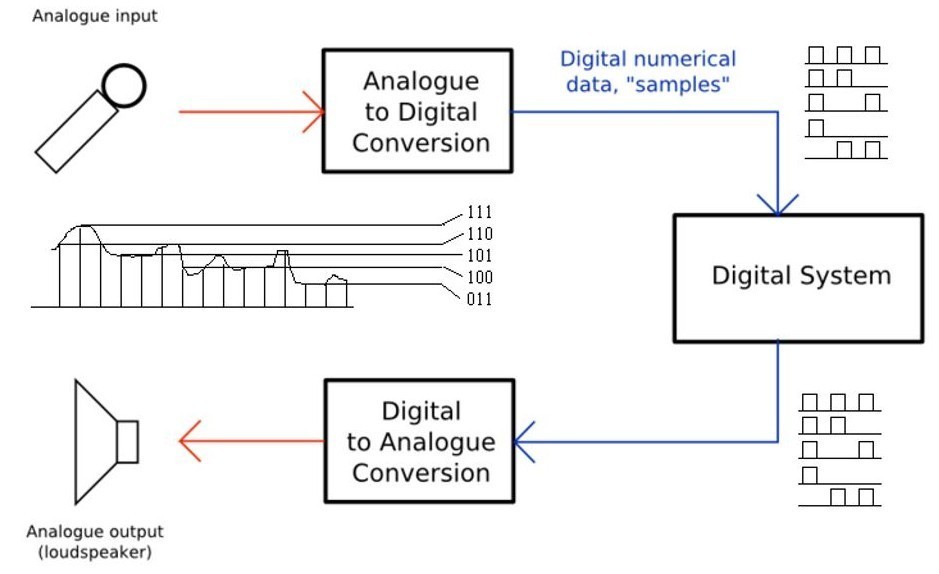
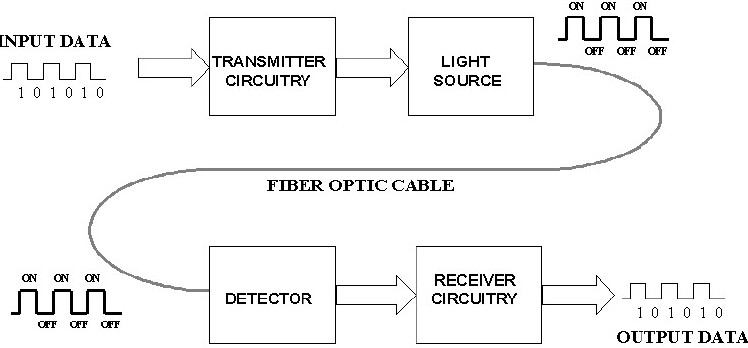
Leave a Reply